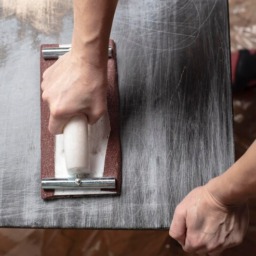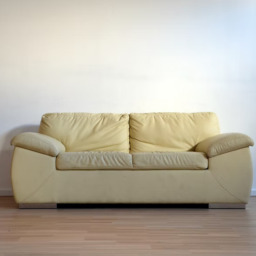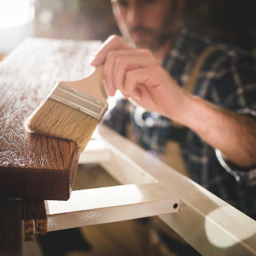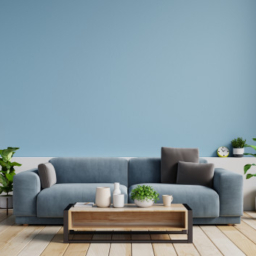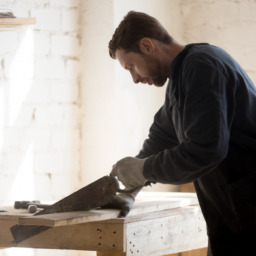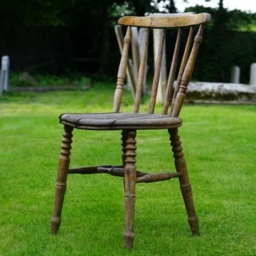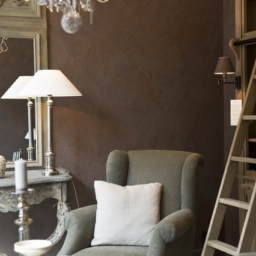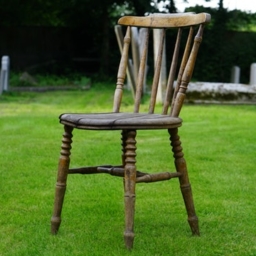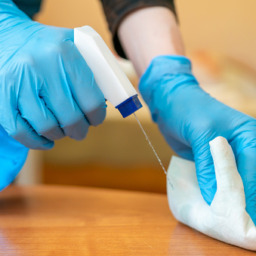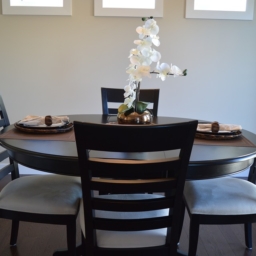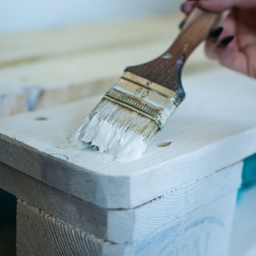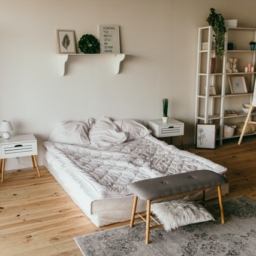Looking to start restoring old and outdated furniture? Then here are all the tools you’ll need to get started!
Hammers
Magnetic Tack Hammer
Thin nosed hammer with a magnetic tip, which holds a tack in the proper position before being driven into the furniture. Good for tight spaces, unlike other hammer types.
Standard Claw Hammer
For the best quality, buy a hammer with a hickory handle and that’s been drop forged. The claw should have fine edges to easily slid under nail heads.
Rubber Mallet
The handiest tool, as you’ll be able to bang on furniture parts without worrying about damaging them. It’s best for knocking joints apart and rejoining them after an adhesive has been applied.
Screwdrivers
Large bladed screwdrivers will be most commonly used when refinishing furniture, as larger screws are most commonly used. Make sure the blade length matches the screw slot for optimal leverage.
Handsaws
There’s always a use for a handsaw when repairing furniture, whether it’s a coping saw or an electric scroll saw. Electric saws make the job go by faster but a coping saw can still get the job done. Buying a coping saw with teeth that point towards the handle will create smoother cuts.
Wood Chisels
Used in many ways, from cutting recesses for hinges and hardware to making dovetail joints. The best chisel widths are a ¼ inch, ½ inch and ¾ inch, but should only be used on wood materials. A mallet or hammer is used to drive the chisel, the pressure determining the depth of the cut. Keep in mind: shallow cuts are easier to work with then deep ones, and easier to fix.
Clamps
Hand Screws
Wooden clamps used for centuries, with two wooden blocks connected by long screws. These clamps can be set at whatever angle you need and are available in all sizes up to 14-inch openings. For beginners, stick with one that’s around four inches, and another that’s ten.
Bar Clamps
Also, sometimes referred to as furniture clamps, bar clamps have two metal jaws that span as long as a table top. Lengths range from 12 to 48 inches, but keep in mind you’ll need at these two if you’re considering opening an upholstery business.
Strap Clamps
An inexpensive, handy tool that wraps around furniture to keep it in place. It’s a fabric strap with a metal body clamp that ranges from 12 to 15 feet long for bigger jobs.
C-Clamps
Have an opening in the shape of a C to clamp onto various materials. They’re available with jaw openings ranging from one to eight inches.
Dowel Jig
It’s common for there to be dowels within the construction of furniture, eliminating the need to screw the pieces together. Dowel joints provide a strong and long-lasting connection with a neat finish. You can either buy a dowel jig or make one yourself, but it necessary in making sure your holes are aligned perfectly when drilling. It’s nearly impossible to do this freehand.
Pliers
A standard set of slip joint pliers that are common in most households. You’ll also need two other types: a long-nosed plier set for tight spaces and end-cutting pliers to remove nails or cut off nail heads. These aren’t necessary when you first start out, but there are rare occasions when other tools just won’t do.
Rulers
An important measurement tool that’s constantly in use when refinishing furniture. The folding ruler, steel tape ruler and t-square ruler are all necessary for good furniture restoration. The folding ruler is best for general measurements while the t-square one is ideal for square construction corners.
Oakville’s Jenso Upholstery is a family owned business that specializes in reupholstering furniture and interior decorating. Our one-stop shop for home decor offers excellent customer service with a large collection of fabrics option from top designers and budget-friendly brands. Go online to get your free quote today!


